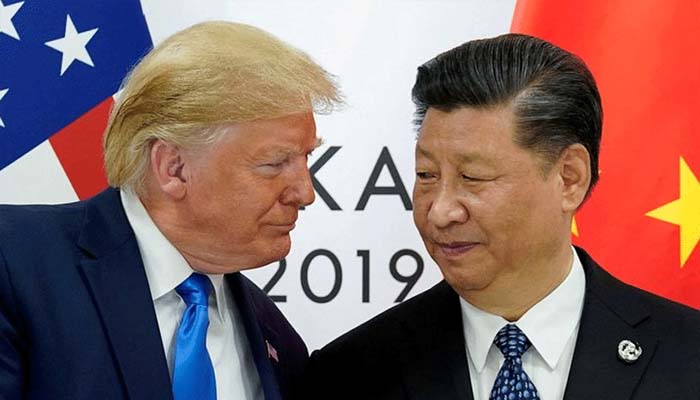Trump Announces New U.S.-China Trade Deal with Tariff Adjustments and Rare Earths Supply
The new deal aims to stabilize trade relations and reduce economic friction between the two superpowers.
Washington, June 11 — Former President Donald Trump declared on Wednesday that a new trade deal with China is finalized, featuring China’s commitment to supply magnets and rare earth minerals, while the U.S. will continue allowing Chinese students to study at American colleges and universities.
Trump announced the development via Truth Social, stating, “WE ARE GETTING A TOTAL OF 55% TARIFFS, CHINA IS GETTING 10%. RELATIONSHIP IS EXCELLENT!” without providing further details.
According to a White House official, the agreement allows the U.S. to impose an effective 55% tariff on Chinese imports, composed of a 10% baseline “reciprocal” tariff, a 20% tariff targeting fentanyl trafficking, and a 25% tariff reflecting previously existing levies. China, in return, would apply a 10% tariff on U.S. goods.
Trump emphasized that the deal awaits final approval by both himself and Chinese President Xi Jinping.
“FULL MAGNETS, AND ANY NECESSARY RARE EARTHS, WILL BE SUPPLIED, UP FRONT, BY CHINA. LIKEWISE, WE WILL PROVIDE TO CHINA WHAT WAS AGREED TO, INCLUDING CHINESE STUDENTS USING OUR COLLEGES AND UNIVERSITIES (WHICH HAS ALWAYS BEEN GOOD WITH ME!),” Trump added.
The announcement follows two days of intensive negotiations in London, where U.S. and Chinese officials agreed on a framework to revive their trade truce and lift China’s export restrictions on critical minerals. However, the talks offered little indication of a permanent resolution to deeper trade tensions.
U.S. Commerce Secretary Howard Lutnick described the framework as providing substantial progress, building on an agreement reached last month in Geneva to ease retaliatory tariffs that had escalated to triple-digit levels.
Read more: Donald Trump Stumbles While Boarding Air Force One
The Geneva deal had stalled due to China’s restrictions on mineral exports, prompting the Trump administration to implement export controls on semiconductor design software, aircraft, and other key products to China.
Trump’s shifting tariff policies have previously disrupted global markets, causing congestion at major ports and costing companies billions in sales and increased costs.
The new deal aims to stabilize trade relations and reduce economic friction between the two superpowers.






Comments are closed, but trackbacks and pingbacks are open.